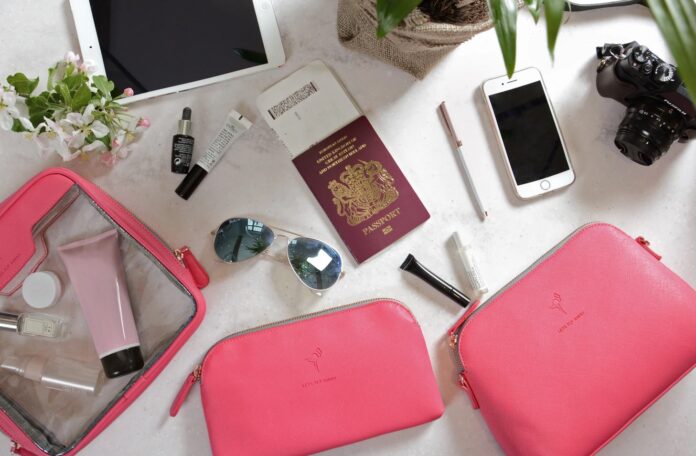
Have you ever done some last-minute preparations for a trip only to find that your suitcase won’t close with all your clothes inside? Or, worse yet, have you come to your destination and found out that half of the things you planned to take on a trip ended up staying home?
All these are symptoms of poorly packed luggage. Unfortunately, what you pack and how you pack it is the most important aspect of the entire matter. After all, storing your luggage will be easy anywhere from London to Los Angeles.
The trick is to bring all the necessities and not have them jumbled up once you open the travel bag. This is the science of packing luggage correctly, and you’re about to embark on a crash course.
The Essentials of Luggage Packing
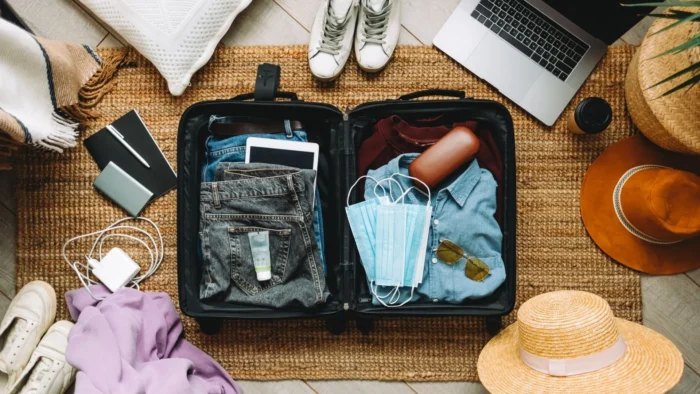
To start packing like a pro, you’ll need to know three things:
- What to pack
- How to pack it
- Whether special regulations apply to your items
What to Pack and How
Let’s break this down, starting with what to pack.
The crucial things to pack will be clothes, cosmetics, medical items, electronics, miscellaneous items, and, most importantly, your documents.
Now that we have the travel must-haves, here’s how to get everything inside your bags. Out of all these things, clothing is usually the trickiest to pack. However, the process will suddenly become straightforward once you figure out the correct order:
- Shoes or other footwear
- Socks
- Heavier clothes like sweaters
- Underwear
- T-shirts and trousers
- Shirts, dresses, and other clothing items that don’t fall into previous categories
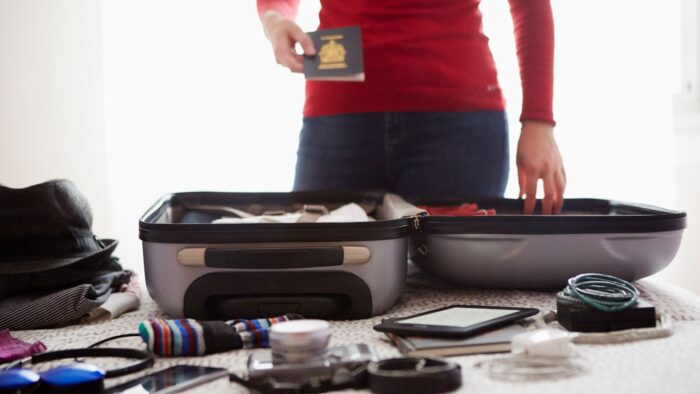
Why does this system work? You’re using certain clothes to set a foundation and some items to fill in the gaps. This is precisely why shoes go in first. Socks come in next because you can simply place them inside your shoes to keep your socks in one place and keep the shoes from deforming along the way.
Heavier items follow to stabilize the shoes, while the underwear fills in the gaps. Do all this correctly, and you’ll have a solid, relatively flat foundation to lay down your shirts, trousers, etc.
Next, cosmetics and medical items should ideally be in smaller packaging to save space. You’ll have plenty of options in that regard, from using specially made travel packages to simply packing smaller bottles of shampoo, shower gel, and similar cosmetics.
It would be best to divide these items (and, for that matter, all other travel items) into those you’ll only use once you arrive and those you’ll need during the trip.
Getting to the third category, electronics, you’ll have one core rule: moderation. Electronics are very delicate and prone to getting lost or damaged. For that reason, pack only what you really need. Do you have a phone with a really good lens and megapixel count? Then there’s no reason to pack a camera.
When it comes to chargers, try bringing along as many universal or multipurpose ones as possible. It would be ideal to avoid carrying a charger and cable for each individual gadget in your luggage.
For miscellaneous items, consider wrapping them into something safe and soft, like a towel. And for towels, pack them in rolls for space considerations.
Finally, whatever you do, don’t forget your documents or leave them unprotected. Consider a waterproof bag for your passport, ID, traveling tickets, and hotel receipts. Most importantly, keep your documents on your person. These crucial papers must be safe at all times and stored in a pocket that you can access without issues.
Special Regulations for Travel Items
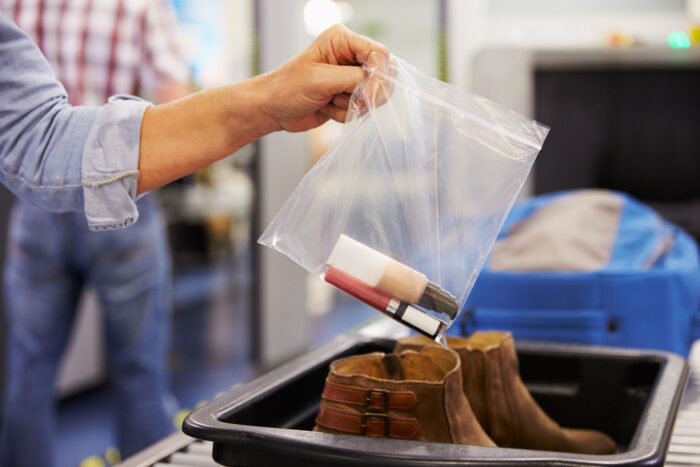
Depending on where you’re traveling, you may need to consider how your belongings may be treated in transport or upon arrival. Some airlines will have specific rules that limit or prohibit a particular type of item. And if you’re traveling internationally, the same may apply to countries.
Of course, your method of transportation will be the most important consideration here. In the post-9/11 world, airlines are particularly cautious about the items and substances that can get on a plane. But the regulations won’t be as stringent if you travel by ship, train, or car.
Learning what you can and can’t take on your journey can save you from potential frustration and unpleasant situations. There’s no worse start to a trip than having to surrender your water bottles, perfumes, shampoos, and any other containers with liquids to customs.
In the U.S., the Transportation Security Administration lists which items can be brought in carry-on bags and which must be part of checked luggage. For example, you can’t bring an insecticide spray on an airplane in your carry-on bag, but the spray may be in the checked luggage if it isn’t hazardous.
On the other hand, carrying a lighter with you is only permitted within the carry-on luggage. However, the lighter must be properly secured so it doesn’t accidentally activate.
Australian authorities cite limitations regarding powders, gels, sprays, and liquids. So if you’re traveling to Australia, you can’t, for instance, bring more than 350 grams of sand onto a plane. However, you can bring as much protein powder as you like.
The bottom line here is that you must know the exact conditions when taking a trip. If there’s a particular item that you must have but can’t bring under current regulations, you should ask the appropriate authorities whether it’s possible to get a special permit. If that’s not possible, the next best course of action would be to secure the necessary item at your destination, preferably online, so it’s waiting for you when you arrive.
Pack Smart, Travel With Ease
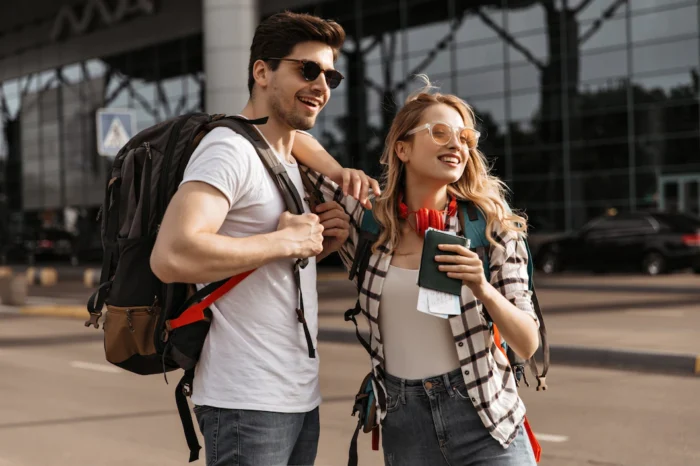
It might sound odd, but quality luggage packing is the foundation of a good, relaxed holiday. To reiterate the main points made here, bring everything you need, pack it to fit into your luggage, and make sure your belongings are allowed to make the journey.
When all this is taken care of, the rest of your trip will depend primarily on what you make of it.











